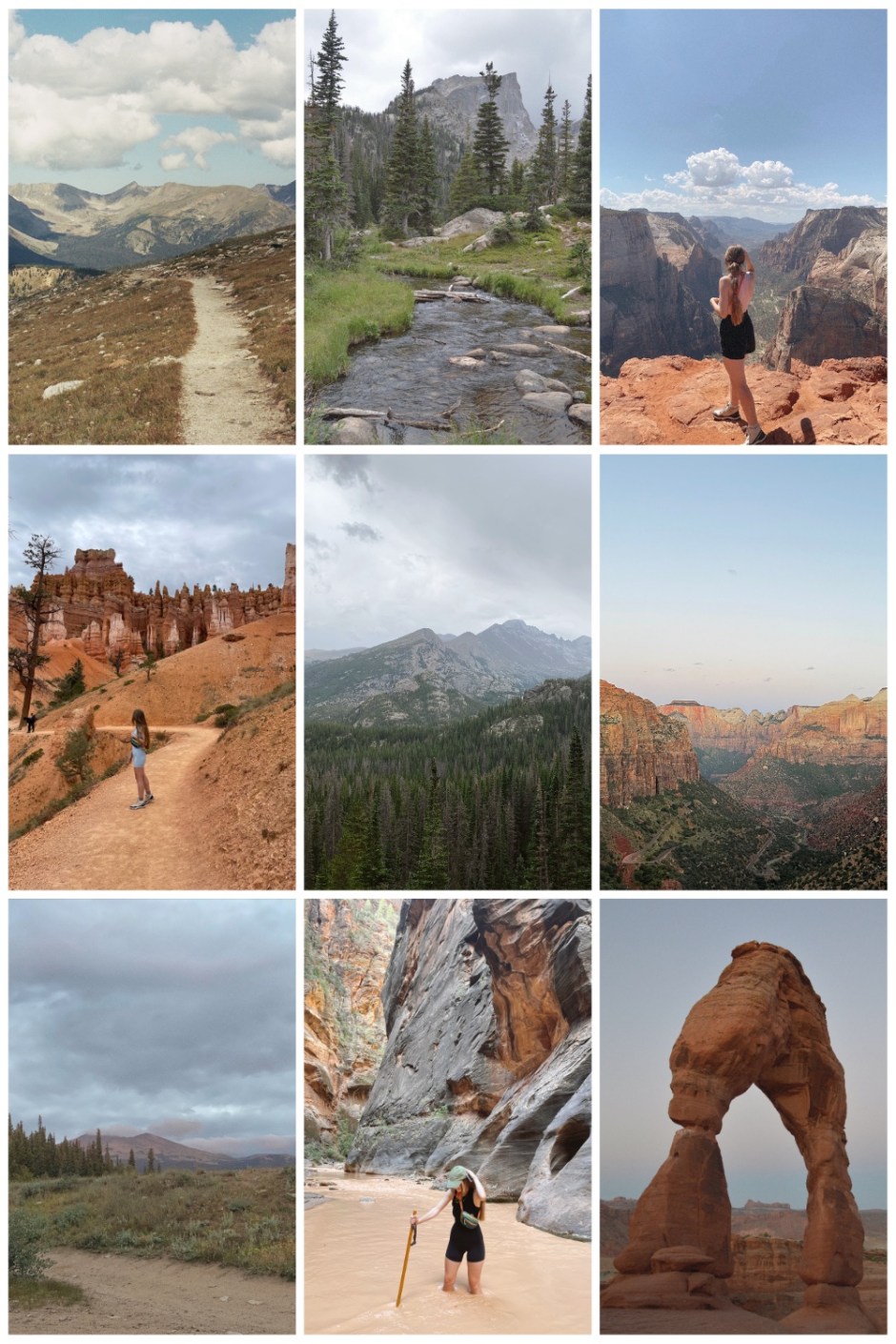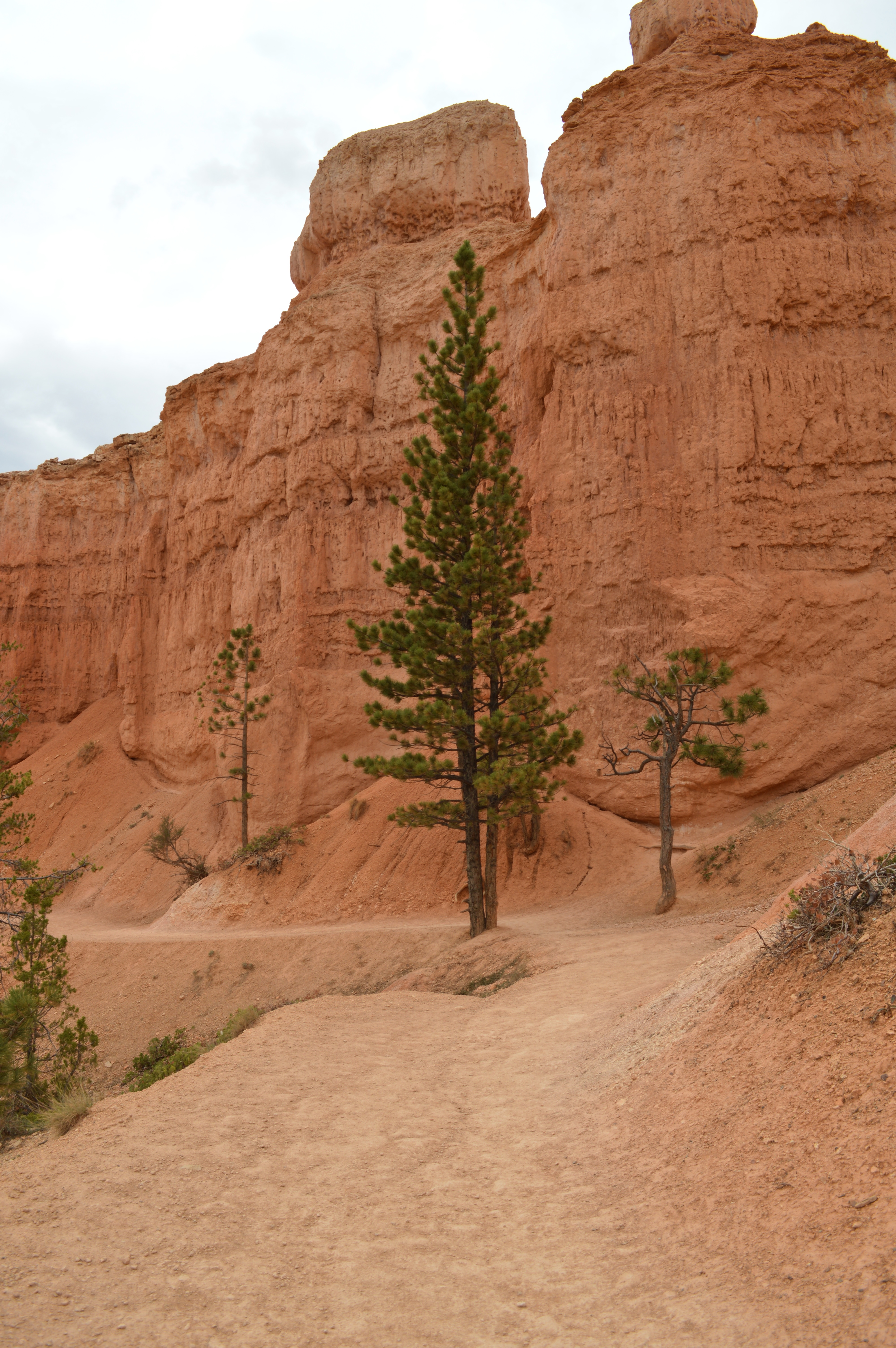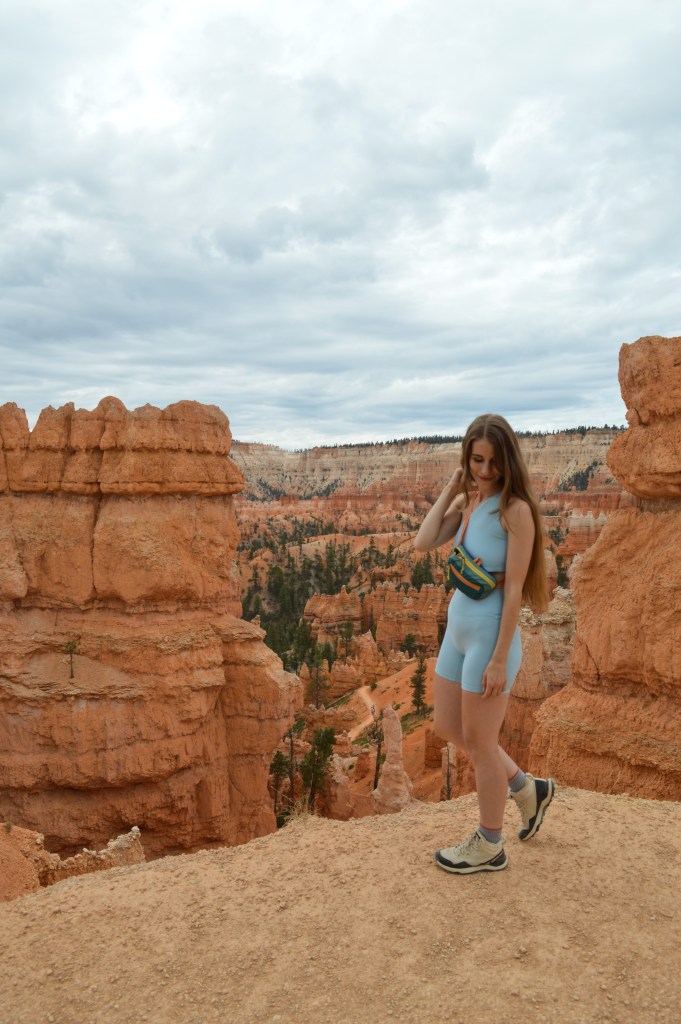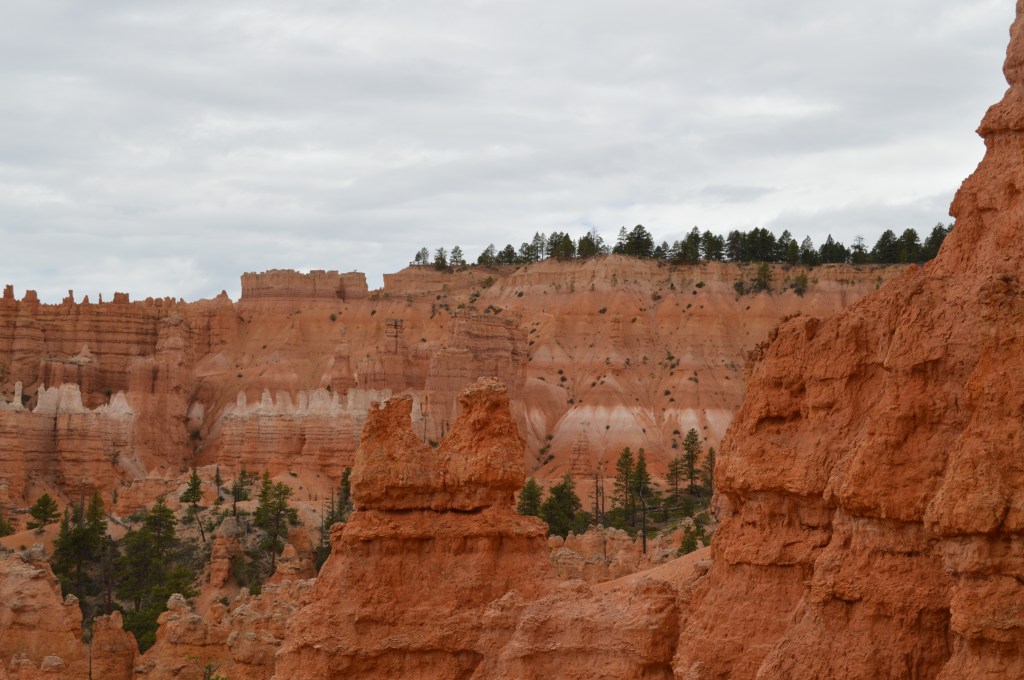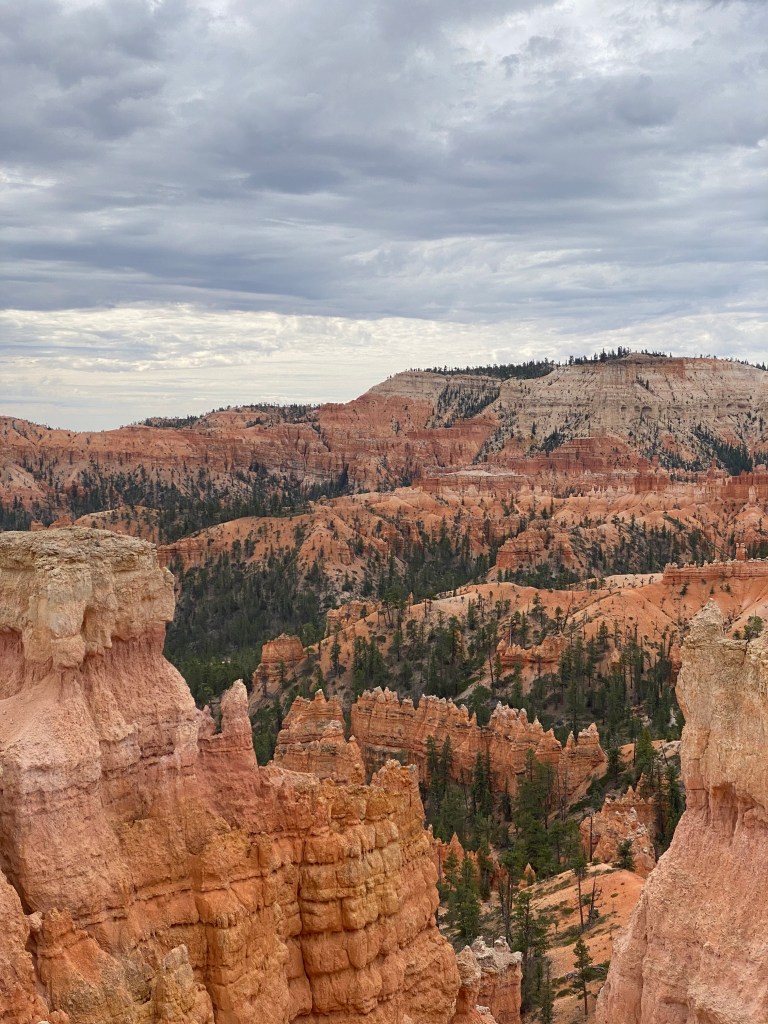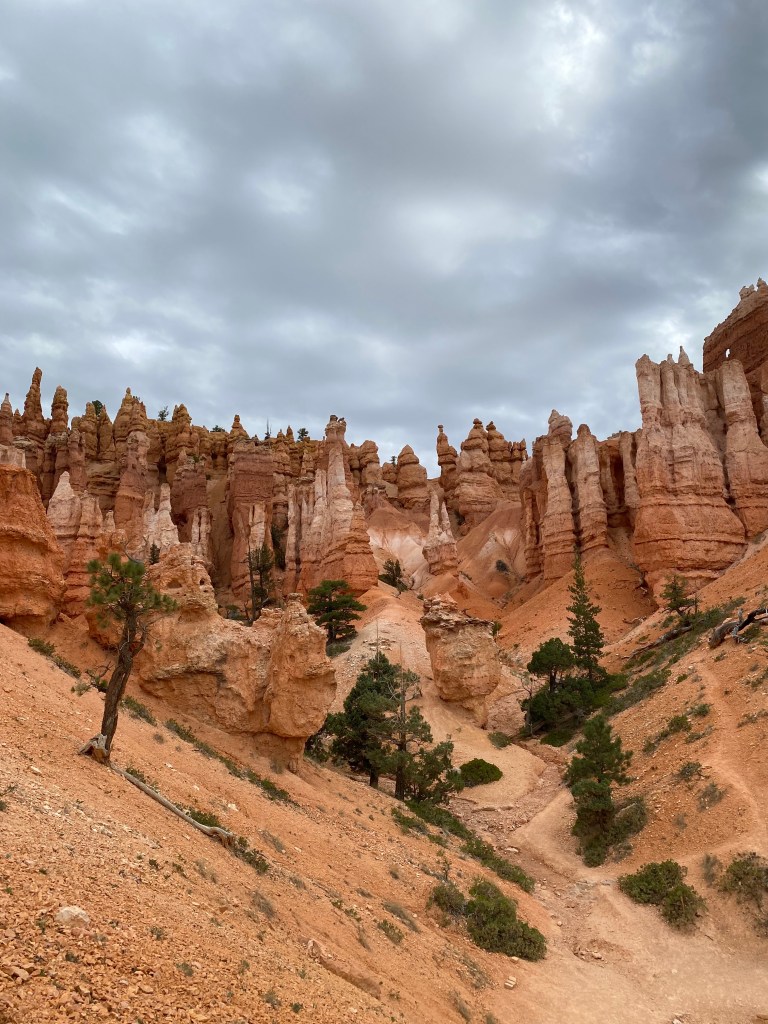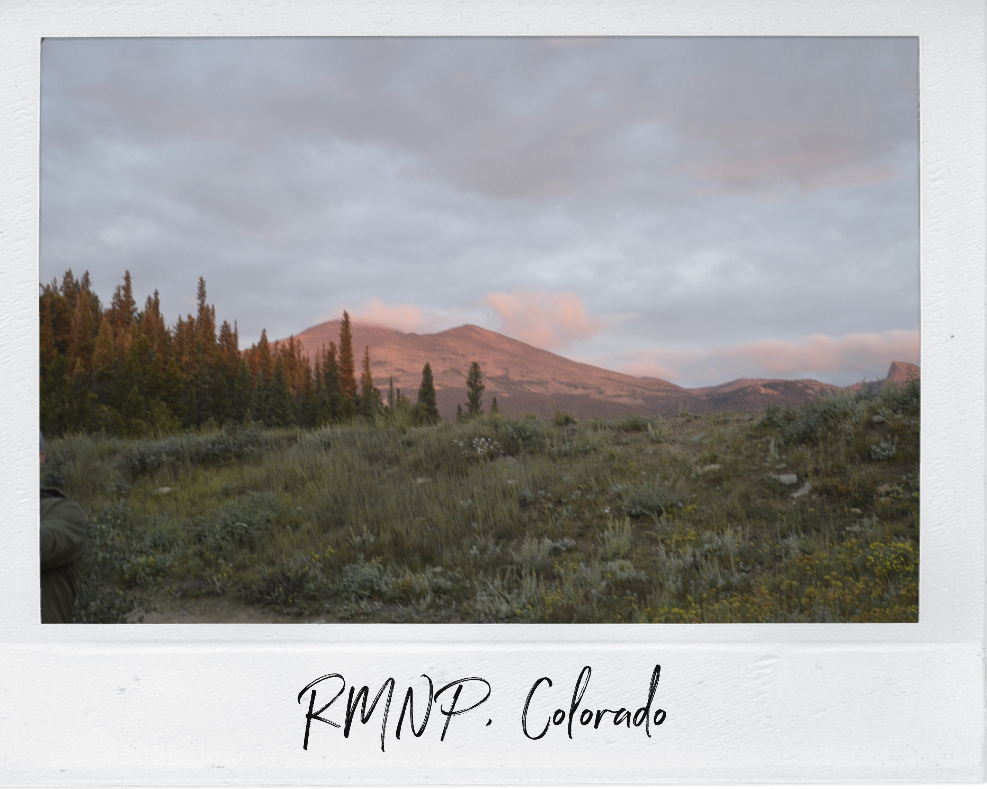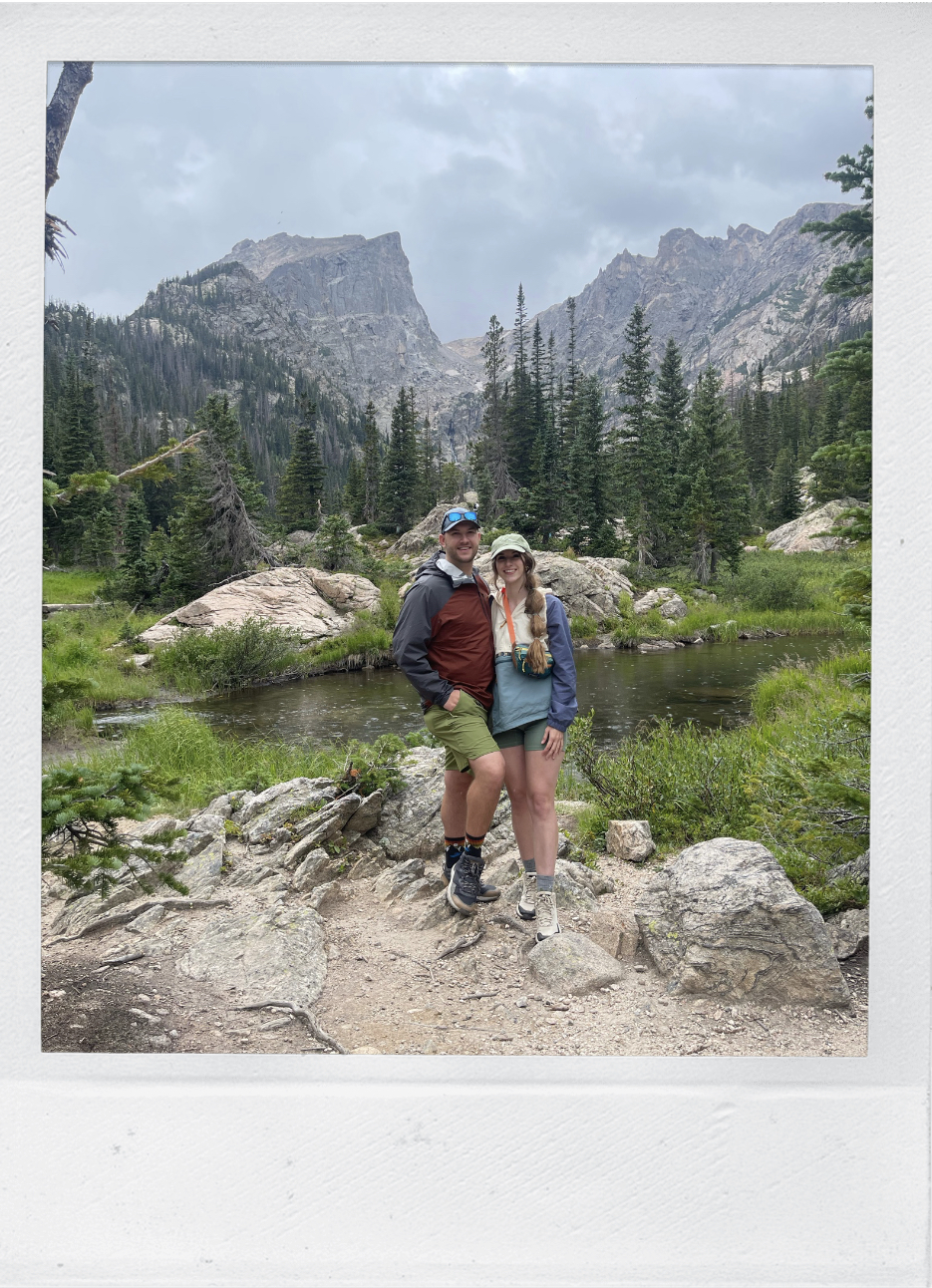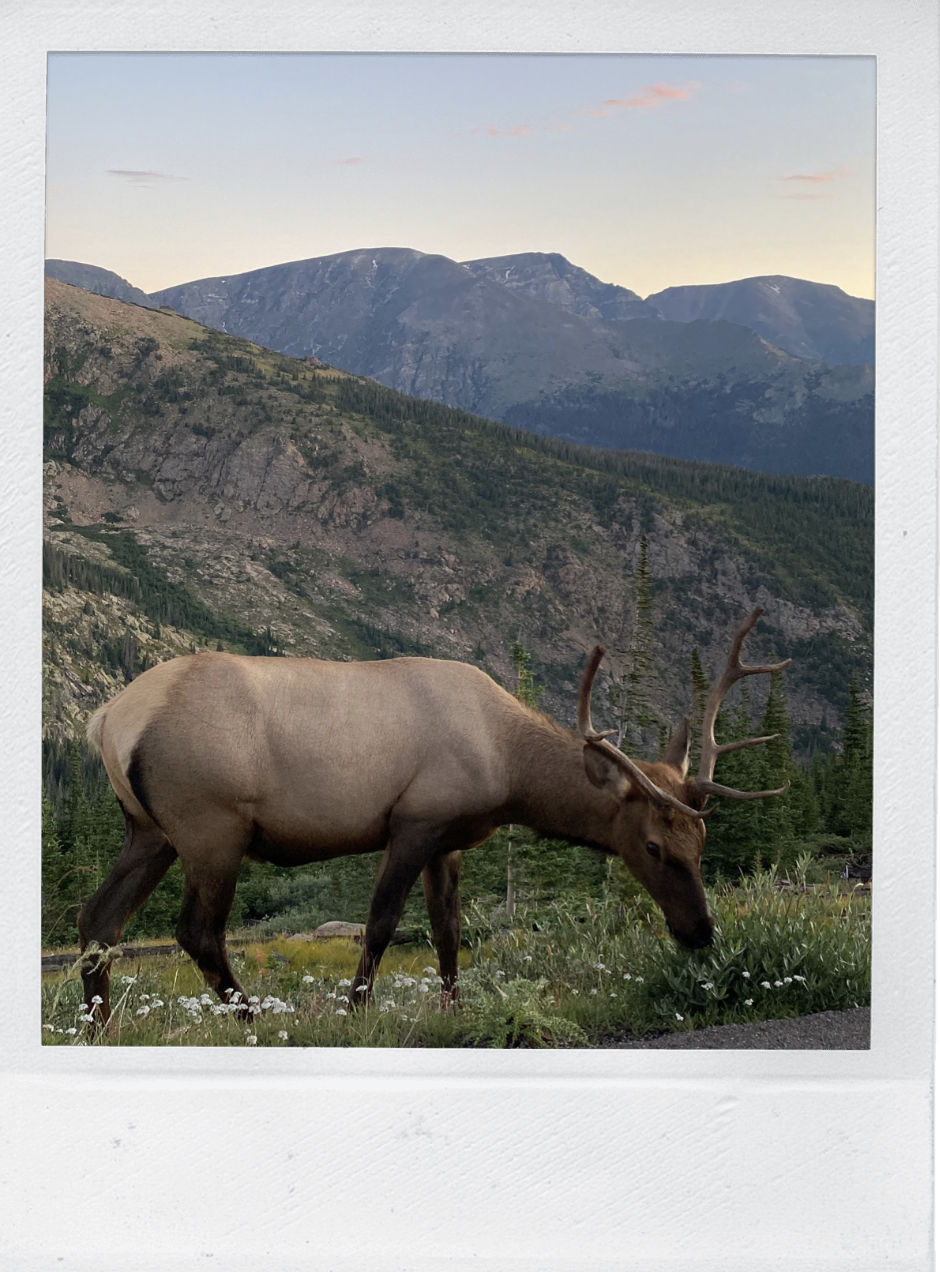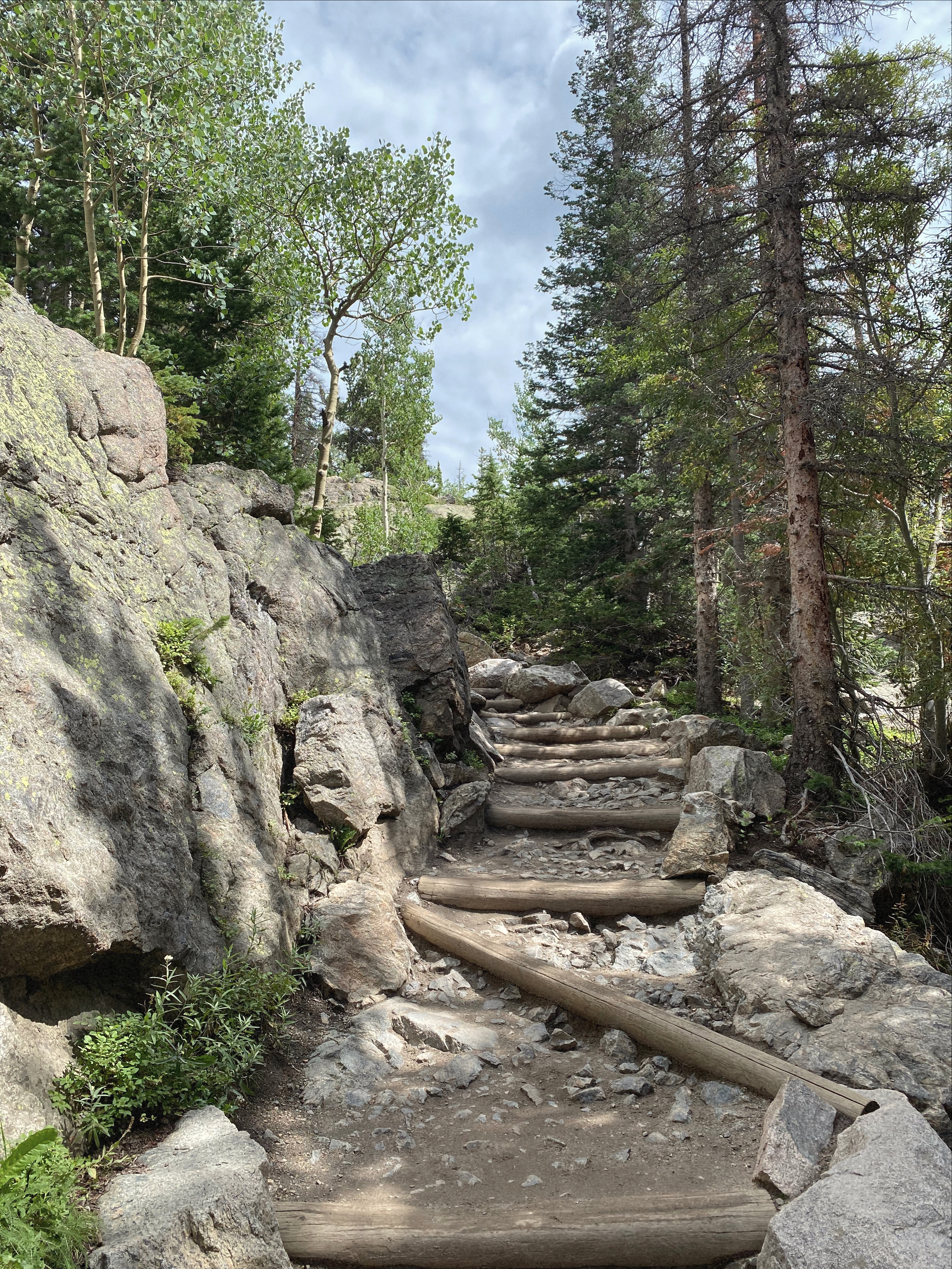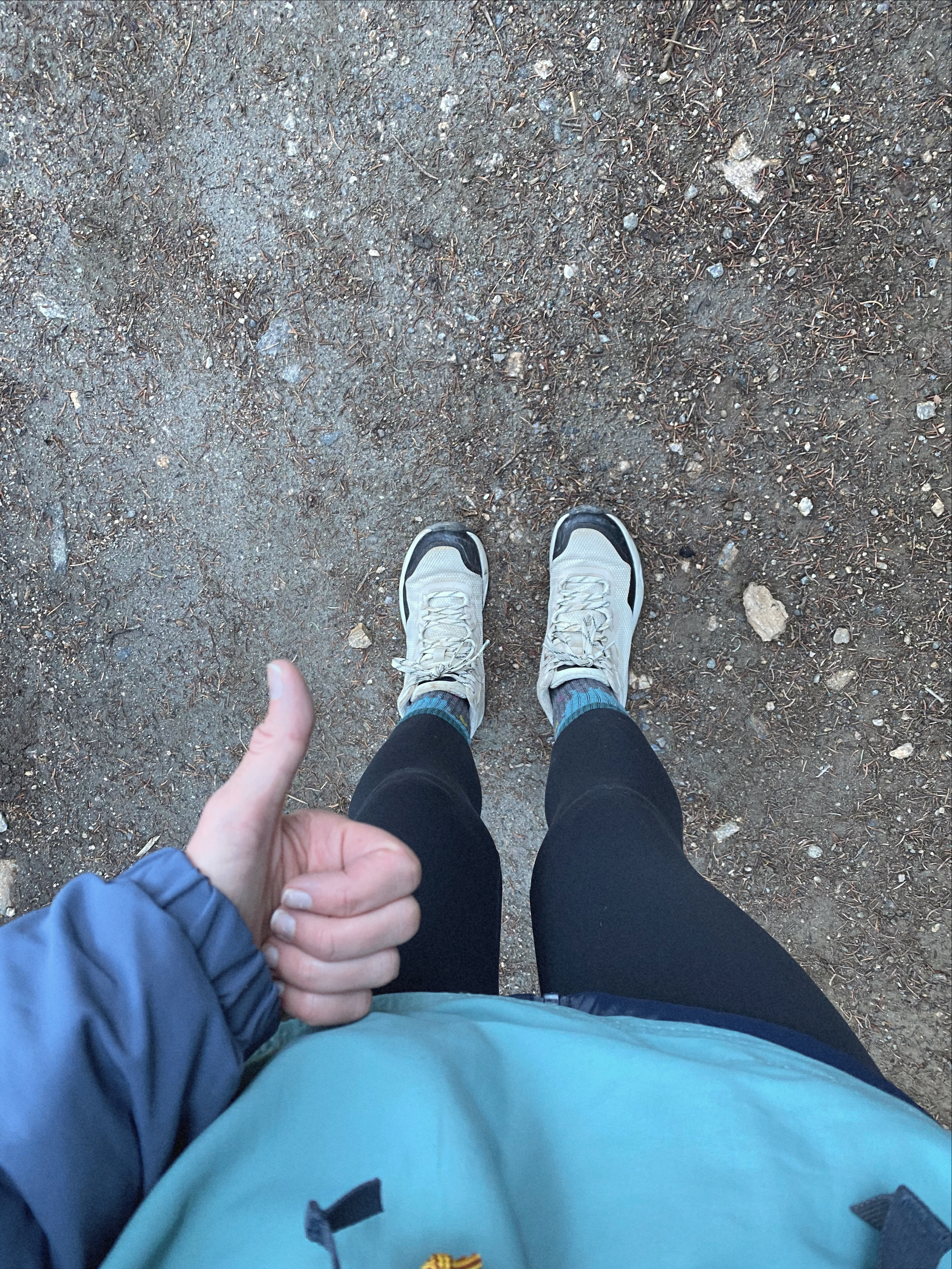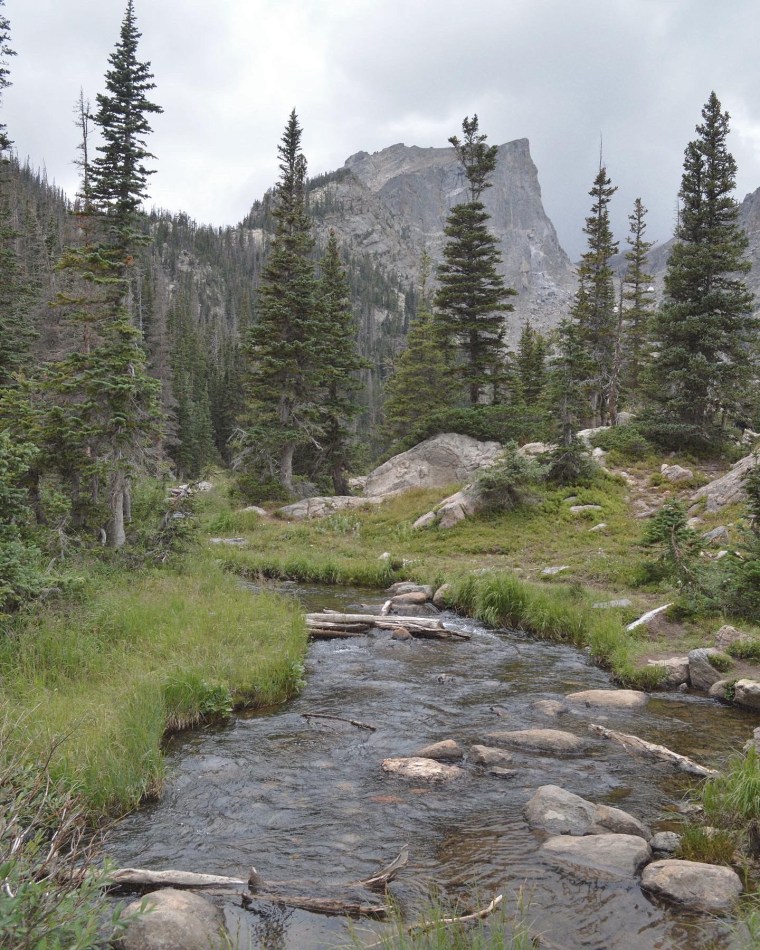


Throughout the last few years, the national park system has changed the way visitors can access certain areas within the parks during peak seasons. Certain parks now require reservations for specific areas to limit crowds and enhance visitor’s overall experience. As of this year, there are 9 national parks that require some type of reservation when visiting.
If you’ve read other national park posts I’ve written, you know I’m frequently recommending planning at least 6+ months in advance, especially for popular parks. While I know this isn’t always possible or convenient, due to the changes with national parks, planning in advance is almost essential if you want to fully access and experience the parks as it’s not possible to purchase these reservations upon entering the park, they must be reserved in advance..
Types of Reservations that may be Required


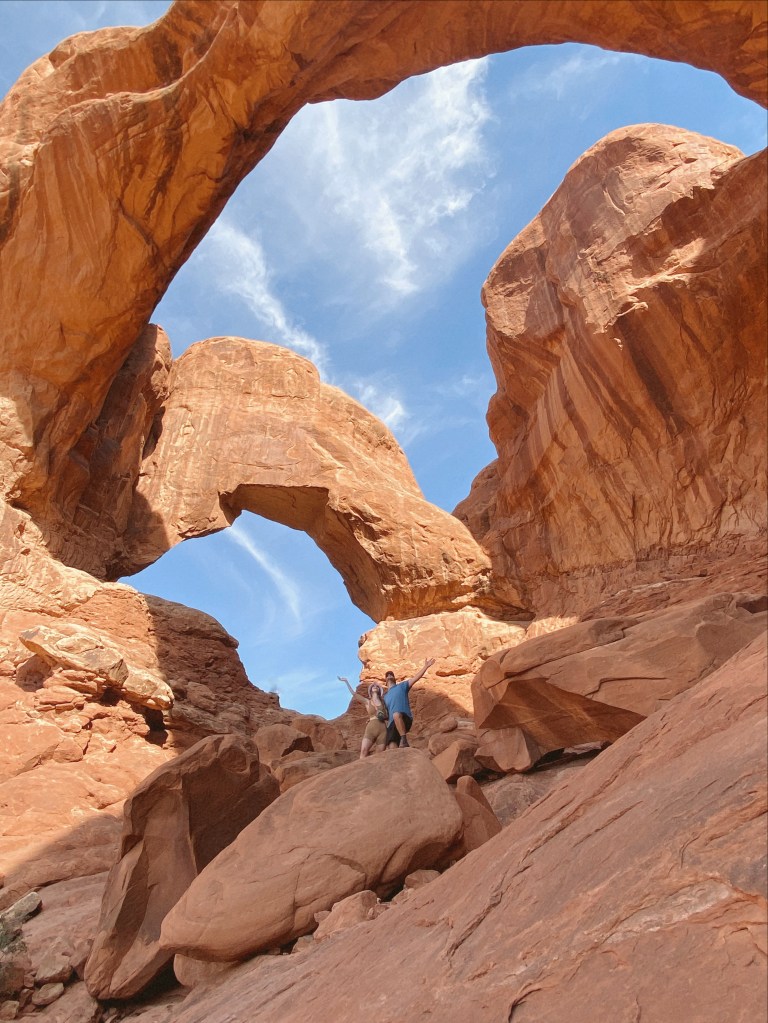
- Timed Entry Reservation. This kind of reservation requires visitors to reserve a ticket for a time period (ex. 6am-4pm). These kind of reservations may give you access to one section of the park, the entirety of the park, a road within the park, etc, depending on the park. If you aren’t able to access a timed entry reservation (if you’re planning a last minute visit) there are ways around this. If the time slot is 6am-4pm, that means if you enter the park BEFORE 6am, you’ll be able to get in. However, if you leave the park at any point before 4pm, you won’t be able to get back in until after 4pm. Similarly, you could access the park after 4pm.
- Vehicle Reservation. This kind of reservation may be for a specific area in the park. For example, in Acadia National park, you need a vehicle reservation to drive up to Cadillac mountain.
- Hiking Permit. This kind of reservation is necessary if you want to hike a particular trail in the park that requires a permit. For example, Old Rag trail in Shenandoah national park now requires a permit to access.
Parks that Require Reservations
*As of December 2023*
- Acadia National Park, Maine– requires a vehicle reservation to access Cadillac mountain if visiting between May-October. This reservation costs $6 and can be purchased on the park’s website.
- Arches National Park, Utah– requires a timed entry reservation (7am-4pm) between April-October. This reservation costs $2 per vehicle. Learn more on the park’s website.
- Glacier National Park, Montana– requires a vehicle reservation (6am-3pm).
- Due to Glacier’s popularity, the park has split the major areas of the park into three sections that ALL require reservations if you plan to visit. All sections require a reservation between the hours of 6am-3pm during the months of May-October. The sections within the park that all need a reservation include:
- Going to the sun Road
- North Fork
- Many Glacier
- Haleakala National Park, Hawaii– requires a vehicle reservation (3am-7am) that costs $1 per vehicle to watch the sun rise above the clouds at Haleakala Summit. Learn more on the park’s website.
- Rocky Mountain National Park, Colorado-requires a timed entry ticket from May through October. RMNP has split the timed entry tickets into two sections:
- Bear Lake corridor, timed entry reservation required to access the bear lake trails + access to the rest of the park, costs $2. Timed entry from 5am-6pm.
- Rest of the park, timed entry reservation for the Rocky Mountains national park, excluding the bear lake trails, costs $2. Timed entry from 9am-2pm.
- Shenandoah National Park, Virginia– requires a day use hiking permit if you desire to hike ‘Old Rag trail’ which is one the most popular trails in the park. Reservation required from March-November and costs $1 (each person is required to have a ticket). Learn more on the park’s website.
- Yosemite National Park, California– requires a timed entry ticket to access areas in the park and a hiking permit for the Half Dome trail. The park has different types of reservations if you plan to visit this year:
- Horsetail Fall reservation– ticketed entry during the months of February on the weekends of February 10–11, February 17–19, and February 25–26, 2024. Note, this reservation is only required if you plan to visit on the listed days in February. This is a big attraction during the month of February in the park, so the reservations are listed for the weekends. This reservation costs $2 and is per vehicle. Purchase tickets on the park’s website.
- Peak Hour Plus reservation– timed entry ticket valid to enter the park from 5am-4pm and good for 3 conservative days! This reservation is required during the months of April-October. It’s $2 and per vehicle. Purchase tickets on the park’s website.
- Half Dome hiking permit– this popular trail now requires a permit to hike as an attempt to reduce crowds. Learn more about how to obtain a permit through the park’s lottery system here.
- Zion National Park, Utah– requires hiking permits for Angel’s Landing, Subway, and the Narrows from top-down.
- Angel’s Landing– the park now requires a permit to hike the entirety of this trail (without a permit you can hike all the way to “scout lookout”). Similarly to Yosemite, permits are selected by a lottery system. It costs $6 to apply and if selected it’s $3 per person to hike this trail. Learn more on the park’s website.
- The Subway- this hike requires a permit if you plan to hike it between the months of April-October and is selected through a lottery system as well. Learn more here.
- The Narrows from top down– the narrows is one of the most incredible hiking experiences within the park! Many visitors hike this from the bottom up (I did!) but if you wish to hike the trail from the top down (16miles total), you’ll need a wilderness permit. Learn more here.
- Muir Woods, California– requires a parking reservation to access this national monument. Learn more here.
Tips & Things to Know
- Book the reservations as soon as you are able. On the park’s websites, there will be a time when you are able to book. Some parks allow you to book a couple months in advance, and if you miss out, they reopen more reservations 1-2 days before your visit for additional chance. It can definitely be stressful so I recommend logging on to purchase tickets as soon as the window opens (for example, most tickets become available on the park’s website at 10am).
- Usually if you book a reservation for a campground within the park, the park counts this as your reservation for timed entry or vehicle reservations, depending on the park. Be sure to check exceptions to purchasing reservation tickets if you have a campground booked in the park.
- If you can’t purchase timed entry tickets, find ways to experience the park outside of the timed restrictions (i.e., if timed entry reservations start at 6am, enter the park before then).
- Do some research to determine which areas, activities, and hikes you may want to do that require reservations.

